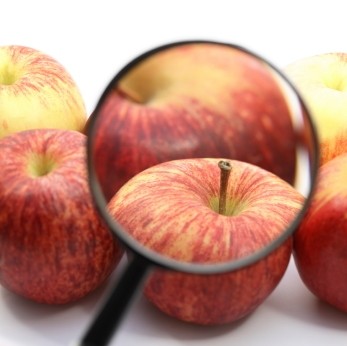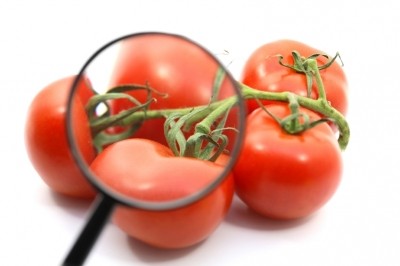Asia's organic food industry coming of age
marked increase in both consumption and production in the region,
shows a new report.
Asia has been slow to adopt the organic trend but in the last two to three years countries like Singapore, Malaysia and Taiwan have seen annual growth in demand of 30-40 per cent, said Amarjit Sahota, director of Organic Monitor. "Investment from food companies and leading retailers in organic food ranges has helped stimulated demand, on top of the large increase in production," said Sahota. Organic Monitor's first report on Asia estimates the region to have more than 4 million hectares of certified organic farmland (13 per cent of the global total) compared to a mere 500,000 hectares just five years ago. The largest increase has been in China, but other countries with large agricultural sectors such as India and Thailand are also converting to organic production. "Countries which never had organic production are getting into it," said Sahota. But unlike western markets, consumption and production does not take place in the same countries, with a clear segregation between producer markets and those markets with growing demand for organic foods. "There is nothing like this clear two-tier system anywhere else in the world." The producer countries, which also include smaller producers like Indonesia, Vietnam and the Philippines, are exporting more than 90 per cent of their produce, largely to Europe and North America. The products are certified by more than 100 foreign agencies, giving crops like fruits, vegetables, herbs, spices, cereals and tea the credibility required for export markets. China leads in this tier, with 85 per cent of the region's organic farmland and now firmly established as a global source of organic ingredients, thanks to its killer combination of price and quality, said Sahota. "About 40 per cent of organic soy used in Europe last year came from China," he explained, while an estimated US$200 million worth of organic foods was exported from China last year. The domestic market meanwhile only consumes about 10 per cent of China's production, mainly because of the high prices of organic foods that are four to five times the price of conventional products. Ironically the country has to import a large share of its organic products because it does not yet produce any processed organic foods. "Demand for organic biscuits and drinks is growing in big cities like Beijing and Shanghai but these have to be imported," said Sahota. He added that while companies producing organic vegetables are working up the value chain, it will take several years before the producer countries can supply the majority of their domestic demand. This creates opportunity for western producers. Demand for organic foods will continue to be concentrated in second-tier countries like Japan, Korea, Singapore, Hong Kong and Taiwan with greater affluence, higher education levels, and smaller or non-existent agricultural sectors. As a result, these markets are highly dependent on imports. Demand is being driven by the perception of organic foods as healthier, with outbreaks of disease like bird flu coupled with food scares boosting organic food consumption. Total sales from the region are expected to reach around US$800 million in 2006, double the value of 2001. The Japanese market remains the most important consumer, accounting for about 60 per cent of demand. "In Europe, many people buy organic for reasons of animal welfare or environmental concerns. But in Asia, health is the predominant, number one factor," said Sahota. Buddhist countries like Thailand and Singapore also tend to favour organic production because of its perceived harmony with nature.










